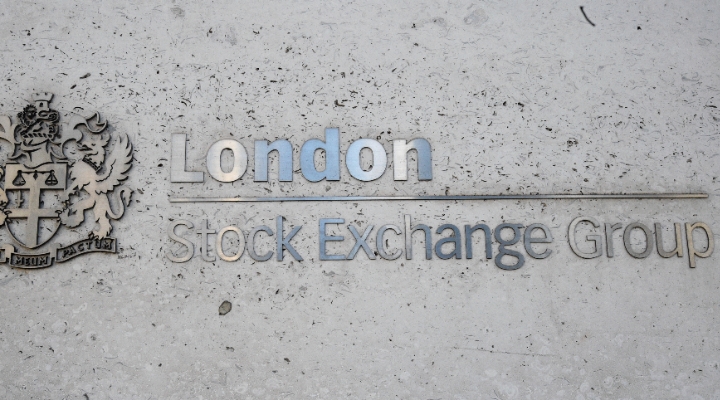Lloyds Banking Group (LLOY) recently announced that it plans to close 200 branches as its customers increasingly embrace digital banking platforms. This brings to the forefront the question of whether the increasing importance of digital banking will reduce the competitive advantage provided Lloyds’ dominant branch network in the UK. And this challenge comes at the same time that regulators are intensifying their efforts to increase competition in the retail banking market by lowering barriers to entry for challenger banks. In our opinion, there is strong evidence that Lloyds’ competitive advantages remain firmly intact and will remain so: we continue to see branch networks as central to retail banks’ ability to attract customers – and, critically, their deposits – and we see Lloyds’ shares as an attractive play on the improving UK economy.
At Morningstar, we think of competitive advantages in terms of ‘moats’, or sustainable competitive advantages that allow a company to generate positive economic profits for the benefits of its owners for an extended period of time.
We see the cost advantage created by low-cost deposit funding as the primary source of moats in retail and commercial banking. Around the world, licensed banks have unique access to low-cost and sometimes no-cost funding in the form of customer deposits. Customers are willing to lend money to their bank (in the form of deposits) in part because they value the liquidity that current accounts offer, but also because of the explicit (as in the E.U., UK and U.S.) or implicit government promise that the funds will be safe even if the bank becomes insolvent. Access to this type of funding is critical to banks’ ability to offer loans at affordable prices, and prices well below those of companies that must rely on wholesale funding.

While digital banking is clearly on the rise – mobile banking log-ins tripled between 2012 and 2013 – we continue to see branches as central to consumers’ banking choices and therefore to banks’ access to low-cost funding.
UK consumers overwhelmingly cite branches as their primary reason for choosing their bank, and branches rank well above areas where challenger banks may be able to gain an edge, such as fees and services.
It’s clear to us why: consumers continue to need access to branches for their most sensitive or complex transactions.
While only half of UK consumers visit a branch once a month, nearly all do so at least once a year. Moreover, a bank’s most valuable clients – those with large deposit accounts and who tend to be older – are the same ones that tend to visit branches.
As challenger banks can’t hope to duplicate Lloyds’ 2,000-plus branch network, they’re instead focusing on two other avenues to attract customers – lower operating costs (which they could use to offset higher funding costs and support lower loan pricing) and better service. We think that either – or both—may be successful as niche strategies, but won’t be enough to push Lloyds off of its throne.
We see little room for cost-advantages to be a catalyst for challenger growth: not only do few consumers cite costs as their primary reason for choosing a bank, there’s little evidence that challenger banks, with their newer technologies and branch-light networks, have any cost advantages over incumbent banks, with their deposit funding and economies of scale.
Even after going back to 2005, we can find no evidence that challenger banks have ever enjoyed cost advantages over the Big Four – Barclays (BARC), HSBC (HSBA), Lloyds (LLOY) and Royal Bank of Scotland (RBS) – as measured by median cost/income ratios– and that’s even including the legacy litigation and regulatory costs currently inflating the Big Four’s cost/income ratios. In fact, we expect the importance of the Big Four’s economies of scale to become increasingly obvious over the next few years, as the banks put these costs behind them.
Unfortunately for challengers like Metro Bank, offering better service doesn’t seem to offer a path to deep market penetration either.
While consumers cite poor service as the number one reason for leaving their bank in surveys, the importance of service pales in comparison to absolute low levels of switching. In fact, the opposite appears to be true – the Competition and Markets Authority has found a positive correlation between customer complaints and market share.

While we’re sympathetic to the Government’s interest in increasing competition in the UK banking market – we too see it as oligopolistic – we think that the evidence shows that doing so in a meaningful way will be an uphill battle. We’re intrigued by challenger banks as investment opportunities, and in particular those that focus on niches that may be hard for mass-market banks to serve well, but it’s clear to us that Lloyds and the other high-street banks will continue to dominate UK retail banking for some time. Moreover, we think that Lloyds, which is set to report its first annual profit since 2009 and likely will resume paying a dividend, as a good value at today’s prices and an attractive play on the moaty UK banking market.











.jpg)


















